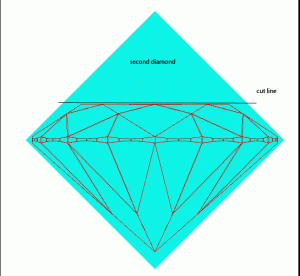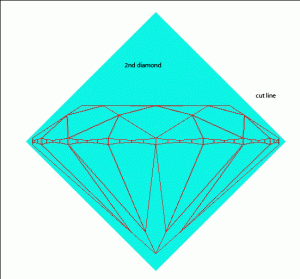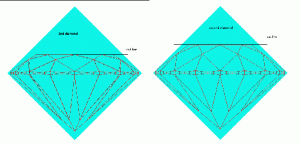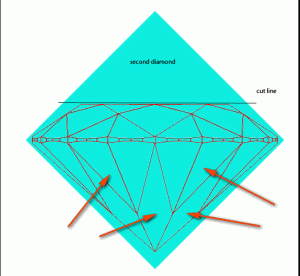What is a transitional cut diamond? Is it a cut that would be easily identified if one was to walk in to a store
and ask for one? (let's pretend we r referring to a quality B&M)
What does the cert say to label such a cut?
And finally, what cutting is required to make it qualify as transitional? (high crown, wider lgf's, etc...)
and ask for one? (let's pretend we r referring to a quality B&M)
What does the cert say to label such a cut?
And finally, what cutting is required to make it qualify as transitional? (high crown, wider lgf's, etc...)










300x240.png)